Reloop RP 7000MK2
Retail Price
$599.99
Lowest Price
$549.99
Release Date
October 2017
The Reloop RP 7000MK2 is a direct-drive turntable with modern features, including dual start/stop buttons for traditional and battle orientations, a switchable line/phono output with built-in phono preamp, 3 platter speeds, and a pitch fader with 3 selectable pitch ranges. Nothing game-changing, but it’s a great budget-friendly unit, and with a thick slipmat, decent cartridges, and proper setup, beginners and experienced users will feel comfortable.
Purchase Links
Overview
- Recommendation
- Build & Design
- Performance
- Verdict
- Improvements
- Positive
- Negative

Luke_Tatt
Build & Design
- Accessory
- Build
- Buttons
- Color
- Connectivity
- Design
- Isolation Feet
- Weight
- Positive
- Negative

Just Technics

RA - Mark Smith

DJcityTV
Features
- Extra Pitch Range
- Functions
- Pitch Bend
- Pitch Control
- Pitch Fader
- Platter Brake
- Quartz Lock
- Target Light
- Tonearm
- Torque
- Positive
- Negative

Beatmatch

DJcityTV

Just Technics

DIGITAL DJ TIPS - Joey Santos

Beatmatch

Beatmatch`
Performance & Specifications
- Durability
- Performance
- Performance - Classic Setting
- Performance - Features
- Performance - Turntable
- Performance - Vibration
- Set-Up
- Specifications
- Positive
- Negative

DJcityTV

RA - Mark Smith

Just Technics

Just Technics

DJcityTV

RA - Mark Smith
Comparison
- MK1 vs MK2
- PLX-10000 vs RP7000 MK2
- Reloop vs Technic
- RP7000 MK2 vs Technics MK7
- SL-12000 vs RP7000 MK2
- Positive
- Negative

Bwiggly

RA - Mark Smith
Availability & Price
- Availability
- Price
- Value
- Positive
- Negative

DJTechZone

RA - Mark Smith
Miscellaneous
- Flaws
- Reloop
- Target Consumer
- Positive
- Negative

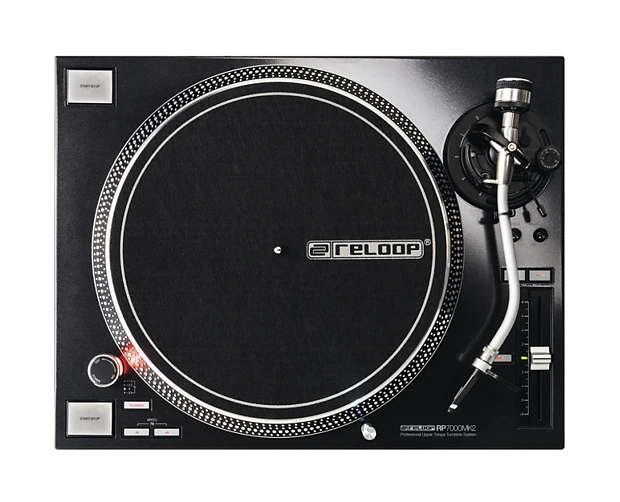
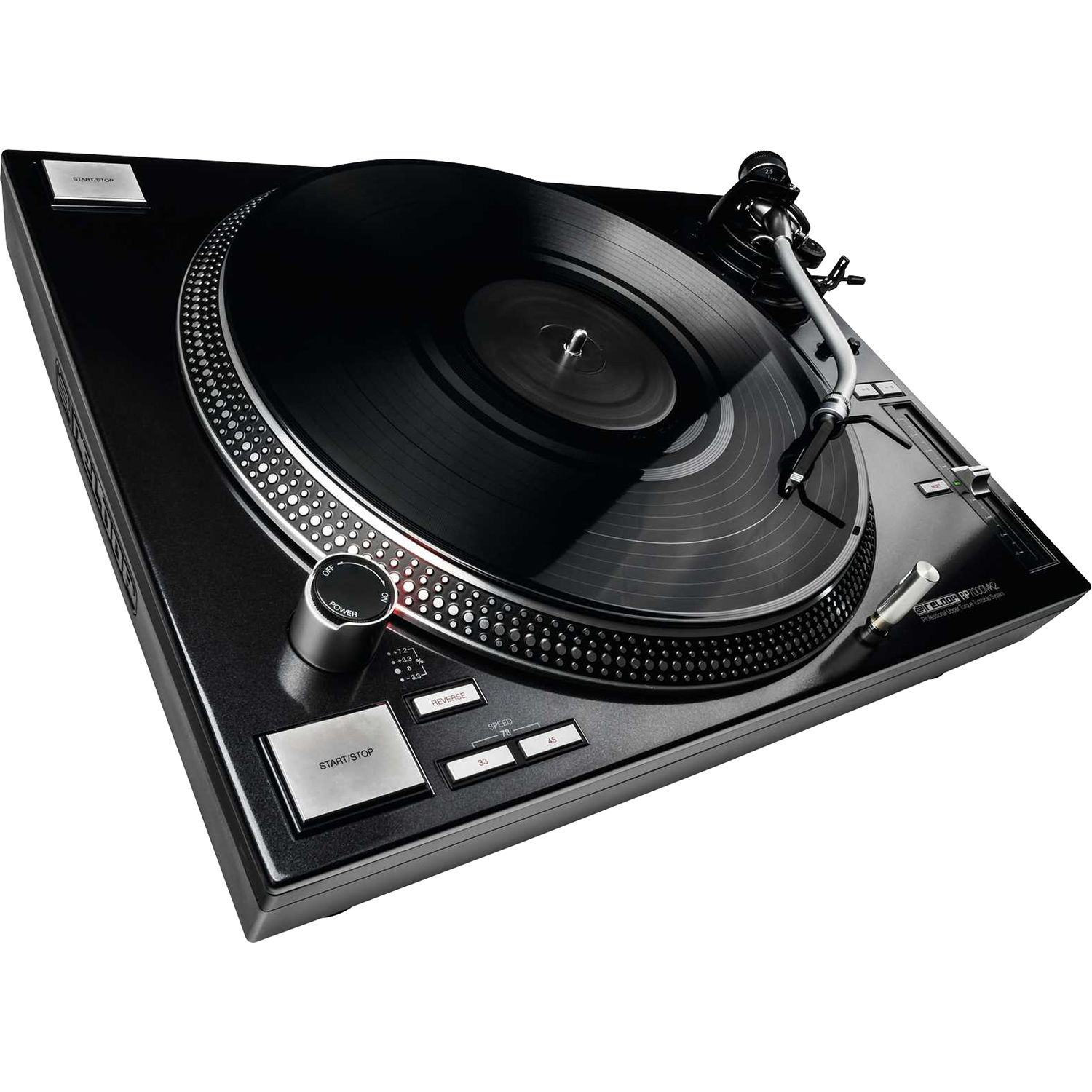
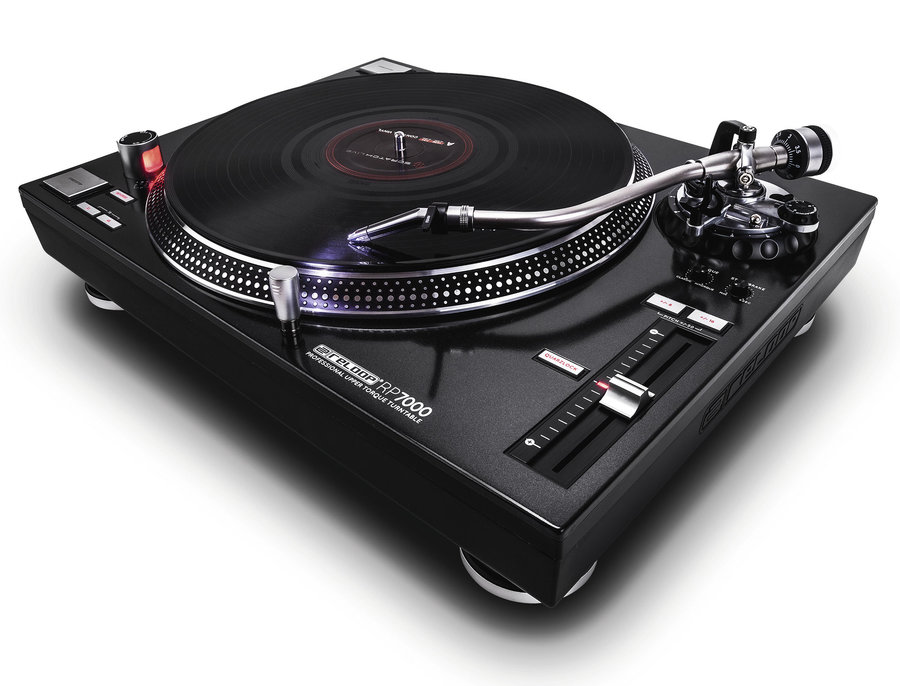
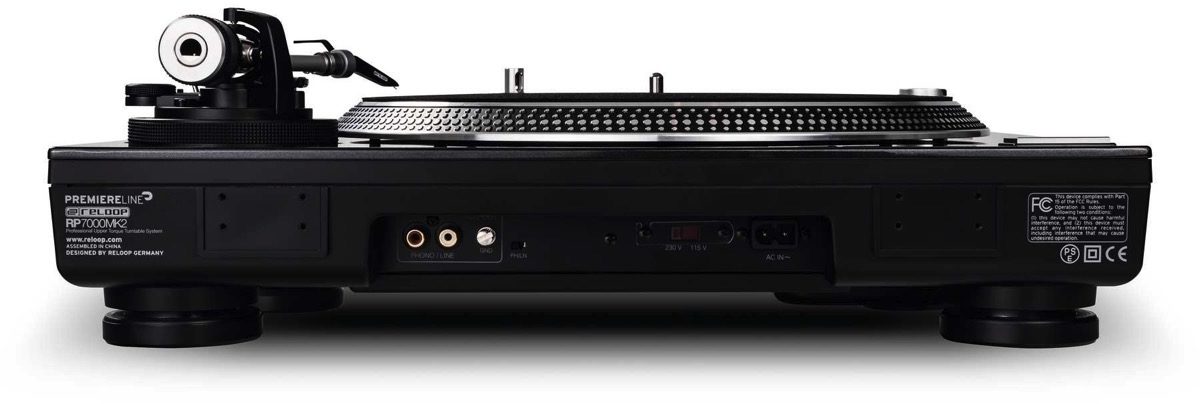
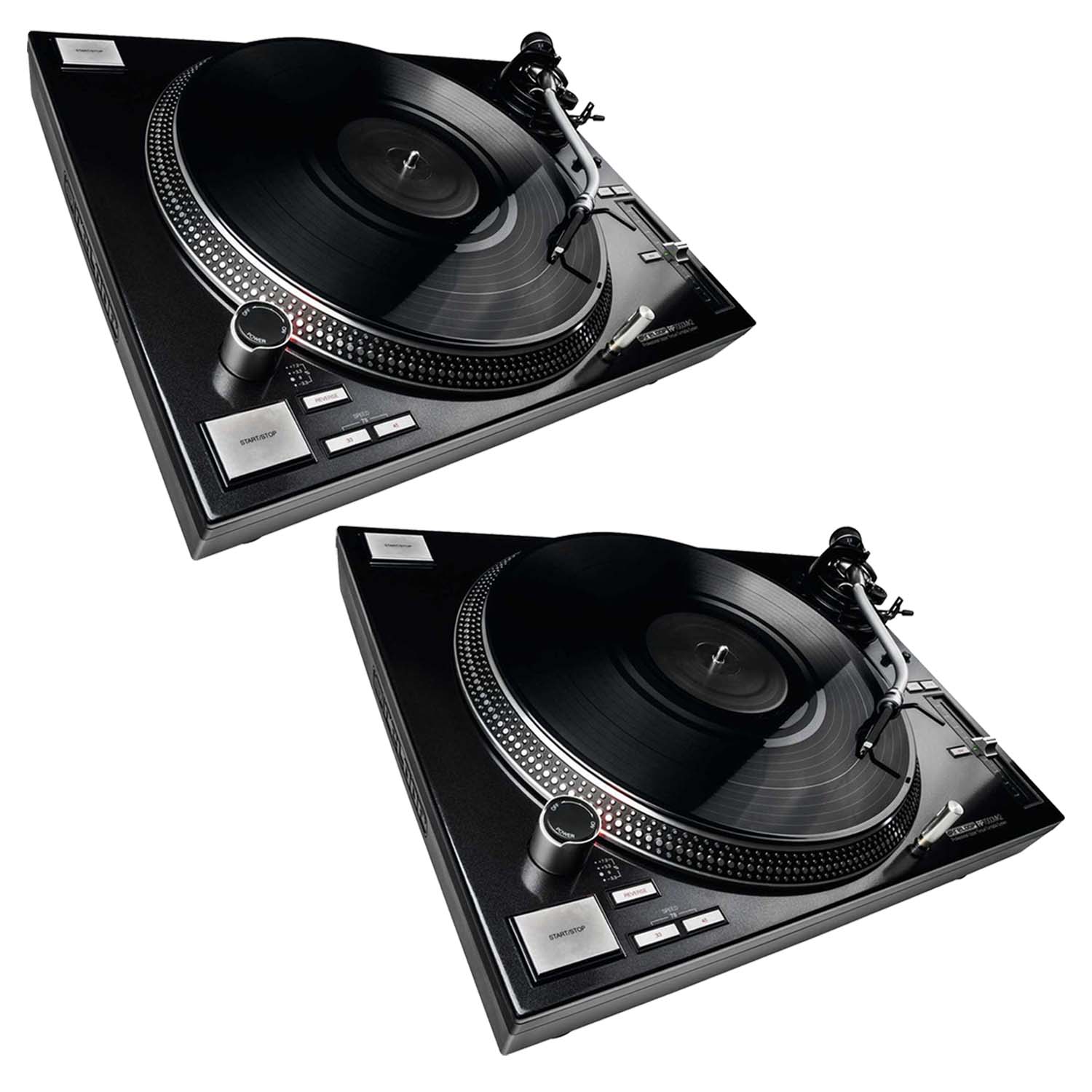
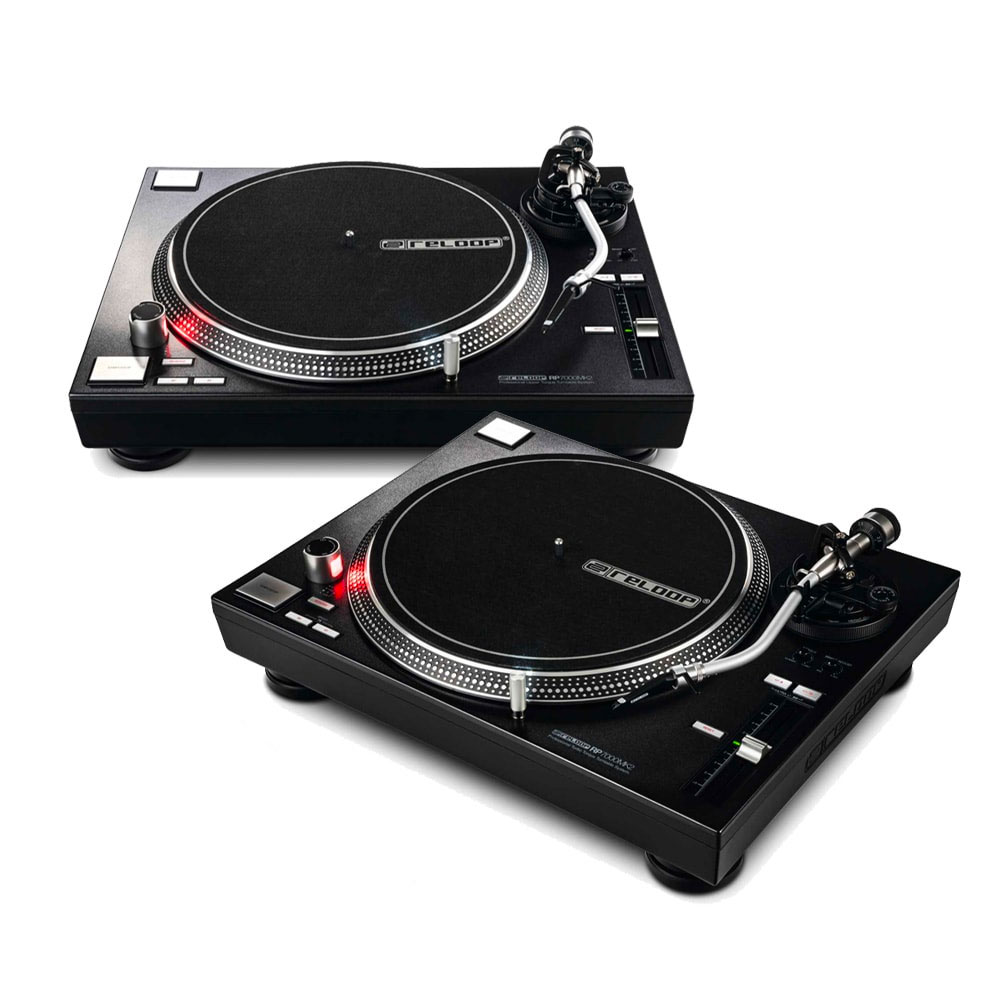
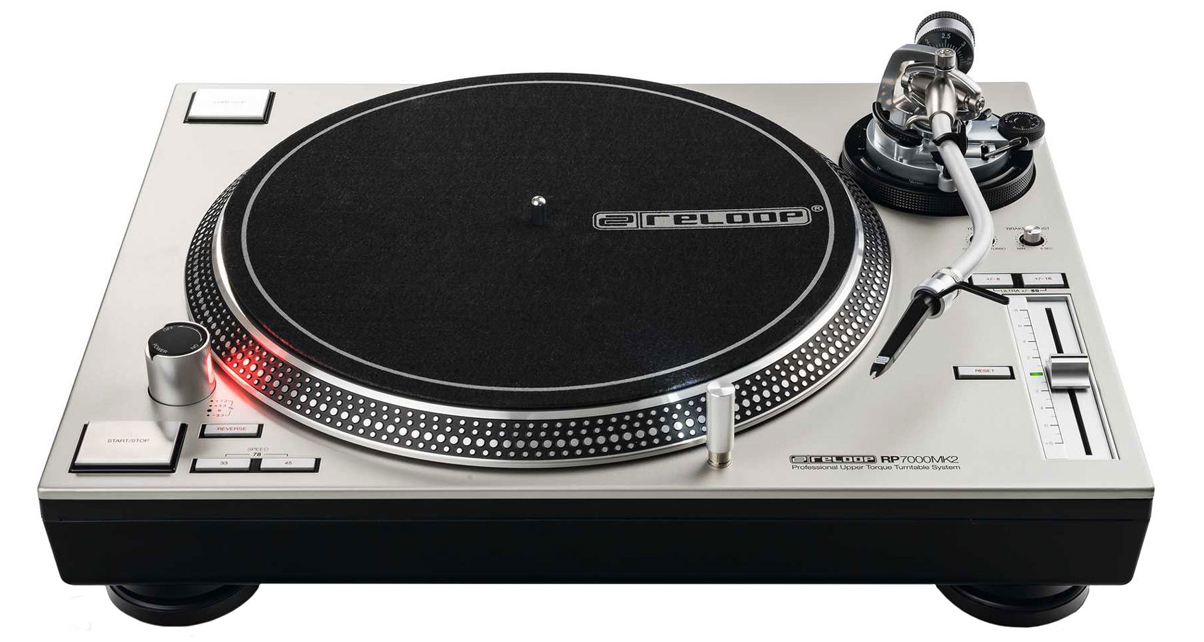
Comments